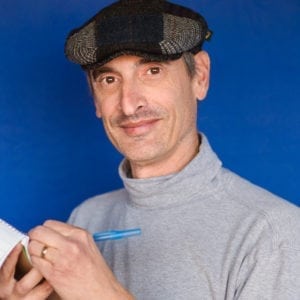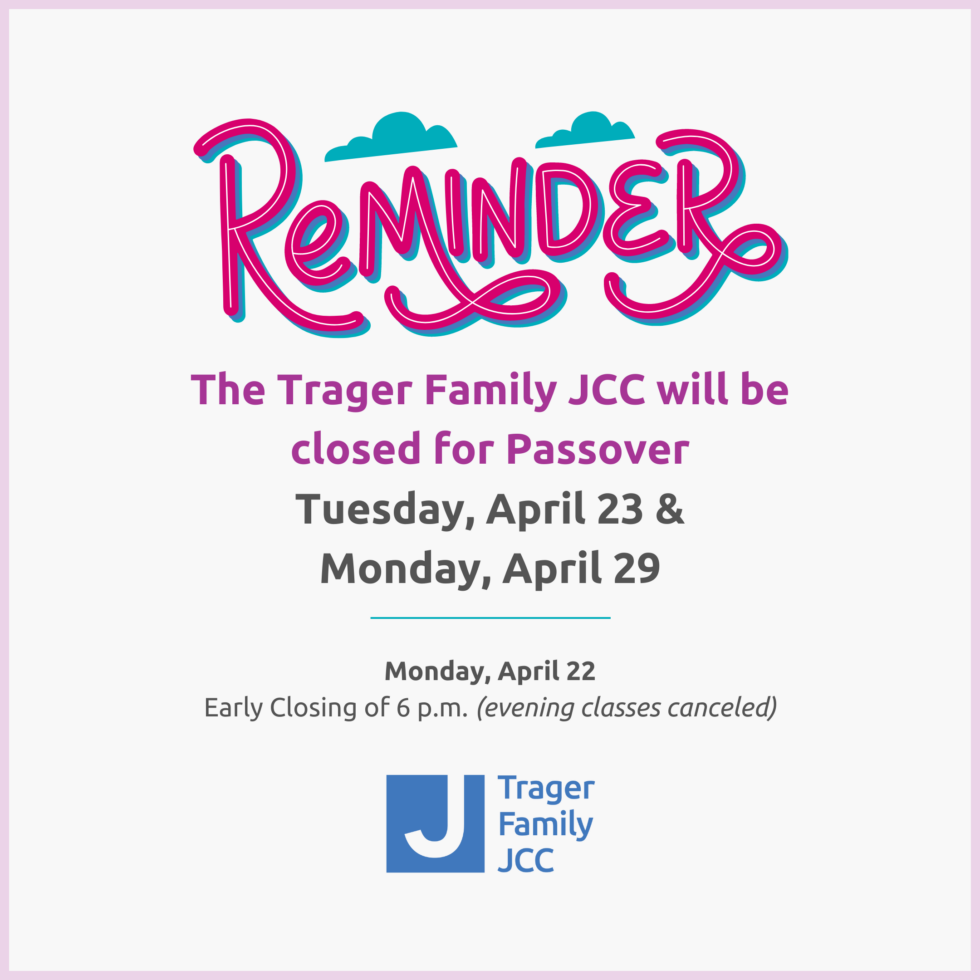Human Resources
Lee Chottiner
CNN Chief International Correspondent Christiane Amanpour has come under fire for comparing what she called President Donald Trump’s “assault on values” and Kristallnacht.
Speaking on Nov. 12 on her show, Amanpour, the veteran journalist stirred more than a little ire when, after describing the infamous pogroms of Nov. 8-9, 1938, as a “warning shot across the bow of our human civilization” – which was true – she compared them to “four years of a modern-day assault on those same values by Donald Trump.”
That was her sin, using Holocaust-era references to score political points. And she got hammered for it.
Amanpour’s remark, which she has since walked back, was clumsy, inappropriate and just plain wrong. It’s also the latest of many such remarks American figures of all political stripes have made, using Holocaust comparisons to bludgeon their political rivals.
The result is usually the same: inflamed civil discourse cheapening the memory of the victims.
But the Amanpour incident poses a question: is it ever acceptable to make Holocaust comparisons?
For deeper understanding, yes, but not for political gain.
Black Americans have been criticized for comparing their experiences to the Shoah by speaking of their own “holocaust.” Immigration activists have referred to detention centers for migrant children on the southern border as “concentration camps.” The term has also been applied to the detention camps for Japanese Americans during World War II.
Those who make these comparisons have been targeted by others, who believe the Holocaust was a uniquely terrible moment in world history. And it was a time of desensitizing morality, when murder was boiled down to an ugly science and most of the world, hearing cries for help, just looked the other way.
But should we always treat this as an event unto itself, never to be referred to or compared to, as new acts of inhumanity occur, or old ones are recalled?
I have struggled with these questions. And I keep going back to Poland, 2014.
That was the year my wife and I traveled there with a group from Classrooms Without Borders, a Pittsburgh-based organization that sends schoolteachers and students to countries where the Holocaust unfolded.
For the students, mostly non-Jews, it was a chance to see for themselves, not through textbooks, how far humanity had fallen. For teachers, it was an opportunity to learn new and improved ways to teach the Holocaust.
In our group were a few Black teachers, some from predominantly Black schools. Their responses to what they were seeing have stuck with me.
One teacher said she could use what she was learning to teach her students to understand that the suffering of their people – slavery, Jim Crow, lynchings, church burnings – didn’t happen in a vacuum. Others have suffered, too. She saw value in teaching that.
A music teacher from Pittsburgh’s performing arts high school was so moved by what he saw that he organized an a cappella group of students that sang Negro spirituals on the grounds of Birkenau. It was a symbolic union of two peoples that had suffered for so long.
They brought their own cultural touchstones to what they were seeing. They made comparisons.
The generation that witnessed the Holocaust is almost gone, and the Jewish world has long considered how to keep their memory alive when they are no longer here. Textbooks, documentaries and movies are important, but they can do only so much.
The living, including those who are not Jewish, must see themselves in the Jewish collective experiences. Armenians, Black Americans, Native Americans, Rwandan Tutsis, Darfurians, Bosnians, Cambodians, Uyghurs, Rohingyas have all suffered unspeakable atrocities. And this list only scratches the surface.
If they compare their experiences to ours – even if there is no comparison – it makes them fellow travelers of sorts. They know where we have been and appreciate our pain. It’s better than not knowing at all.
Next Kristallnacht, I wouldn’t mind seeing programs where people of different colors, races and religions weigh our pogroms against their own histories of victimization. Maybe the comparisons would come up short, but at least they would be teaching opportunities.
At a time when so many children learn next to nothing about the Holocaust in their classrooms, would that be such a bad thing?
(Lee Chottiner is the editor of the Jewish Louisville Community.)




